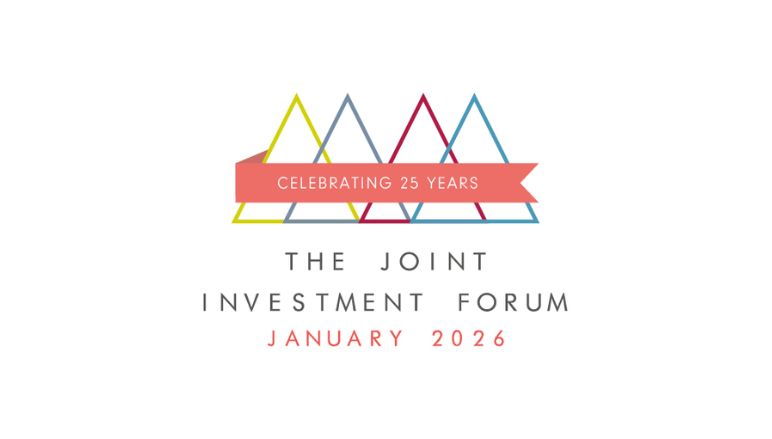President Donald Trump’s announcements on trade tariffs absorbed the limelight during April and, in common with the rest of the world, UK markets were volatile, fluctuating in response to daily newsflow from the US.
- Despite heavy falls, UK markets recovered much of their losses by the end of April
- Domestically focused mid-caps performed better than blue-chip companies
- UK exports to the US rose sharply ahead of Trump’s announcement
Volatility hits markets: President Donald Trump’s announcements on trade tariffs absorbed the limelight during April and, in common with the rest of the world, UK markets were volatile, fluctuating in response to daily newsflow from the US. Having plummeted by over 10% between the end of March and 9 April, the FTSE 100 Index ended April only 1% lower, while the FTSE 250 Index – whose constituents tend to be more domestically focused – rose by 2.1% over the month.
“The probability of adverse events, and the potential severity of their impact, has risen” (Bank of England)
Deteriorating outlook: despite a subsequent pause on tariffs, the British Retail Consortium warned that confidence amongst UK businesses and consumers remains fragile against a backdrop of rising global prices, higher employer National Insurance contributions, and an increased National Living Wage. Meanwhile, GfK’s index of consumer confidence showed a sharp deterioration during April. Elsewhere, the Bank of England’s (BoE’s) Financial Policy Committee warned: “Uncertainty has intensified … The probability of adverse events, and the potential severity of their impact, has risen.” The tariff announcements from the US have contributed to a “material increase in the risks to global growth”.
IMF downgrades growth forecast: the UK economy grew by 0.5% during February, boosted by activity in the services sector. UK exports to the US rose by £500 million in February, indicating that UK businesses had increased export activity ahead of the expected introduction of US tariffs. The International Monetary Fund (IMF) downgraded its growth forecast for the UK in 2025 from 1.6% to 1.1%, citing higher gilt yields, weaker private consumption and higher inflation. The prospect of lower economic growth boosted speculation over the possibility of further cuts to UK interest rates.
Inflation set to pick up? The UK’s annualised inflation of inflation rate eased to 2.6% in March, compared with February’s rate of 2.8%. The IMF raised its 2025 UK inflation forecast by 0.7 percentage points to 3.1%, highlighting the impact of one-off regulated price changes.
Stronger pound set to dampen dividends: dividend payments in 2025 from UK listed companies are expected to rise by 1.8% on an underlying basis, but to remain flat on a headline basis, reflecting a stronger pound and a cooling global economy. According to Computershare’s UK Dividend Monitor , the impact of companies leaving the UK stock exchange is set to mean £5 billion less in dividend payouts this year than would otherwise have been the case.
To view the series of market updates through April, click here


















